6061 Marine Aluminum Channels for Boat Deck and Frame Construction
6061 Marine aluminum channels are extruded structural profiles manufactured from 6061-T6 (or T6511) aluminum alloy, engineered specifically for marine applications such as boat decks, hull framing, stringers, railings, and equipment mounts.
Table of Contents
- Overview
- Features & Benefits
- Typical Applications in Boat Building
- Mechanical Properties
- Chemical Composition
- Technical Specifications & Dimensional Options
- Corrosion Resistance & Marine Performance
- Fabrication, Joining & Finishing
- Design Considerations & Installation Tips
- Quality Control & Standards
6061 is a heat-treatable aluminum–magnesium–silicon alloy widely used for structural components where a balance of strength, weldability, and corrosion resistance is required. When extruded into channel profiles, 6061 provides a lightweight, durable option for marine structural members used under saltwater and freshwater conditions.
advantages of 6061 Marine aluminum channels:
- High strength-to-weight ratio
- Good corrosion resistance (especially when anodized or coated)
- Excellent weldability and formability
- Consistent mechanical properties for structural design
- Readily available in a wide range of channel sizes and wall thicknesses
Features & Benefits
- Strength and stiffness: 6061-T6 channels offer high tensile and yield strengths suitable for load-bearing frame members.
- Corrosion resistance: Naturally forms a protective oxide; performance enhanced by anodizing, painting, or specialized marine coatings.
- Weldability: Compatible with common welding methods (TIG, MIG, friction stir), allowing on-site and factory joining.
- Lightweight: Reduces vessel weight and improves payload, fuel efficiency, and handling.
- Dimensional stability: Extrusion manufacturing provides uniform cross-sections and tight tolerances.
- Versatility: Available in multiple dimensions, slot patterns, and custom extrusions for specialized installations.
Typical Applications in Boat Building
- Deck stringers and supports
- Transom framing and reinforcement
- Seat and console frames
- Equipment mounting rails and ladder steps
- Rub rails, drip edges, and trim profiles
- Mounting tracks for movable furniture, slides, and hardware
- Structural stiffeners in aluminum or composite boats
Mechanical Properties (6061-T6 typical)
| Property | Typical Value | Units | Notes |
|---|---|---|---|
| Ultimate tensile strength (UTS) | 290–310 | MPa | Typical range for 6061-T6 |
| Yield strength (0.2% offset) | 240–275 | MPa | Depends on temper and processing |
| Elongation at break | 8–12 | % | In 50 mm gauge length |
| Modulus of elasticity | 68.9 | GPa | 10^3 MPa |
| Brinell hardness (HB) | 95–110 | HB | Approximate range |
| Density | 2.70 | g/cm^3 |
Note: Values vary with temper (T6, T6511), manufacturing route, and cross section. Confirm exact specs with supplier/test reports for critical structural designs.
Chemical Composition (6061, EN/ASTM typical)
| Element | Typical Composition (%) |
|---|---|
| Silicon (Si) | 0.4–0.8 |
| Iron (Fe) | 0.0–0.7 |
| Copper (Cu) | 0.15–0.40 |
| Manganese (Mn) | 0.0–0.15 |
| Magnesium (Mg) | 0.8–1.2 |
| Chromium (Cr) | 0.04–0.35 |
| Zinc (Zn) | 0.0–0.25 |
| Titanium (Ti) | 0.0–0.15 |
| Aluminum (Al) | Balance (~97.9–99.2) |
Conforms to commonly used standards (e.g., ASTM B209, AMS-QQ-A-200/8 for sheet/plate; check applicable ASTM/ISO for extrusions and tempers).
Technical Specifications & Dimensional Options
6061 marine channels are available in standard and custom extruded cross-sections. Typical specification categories include:
| Parameter | Typical Range / Options |
|---|---|
| Cross-section depth (channel height) | 10 mm to 300+ mm |
| Flange width | 6 mm to 150+ mm |
| Wall/thickness | 1.0 mm to 12.5 mm (or thicker for heavy-duty) |
| Lengths | 2 m, 3 m, 6 m, custom cut to length |
| Temper | T6, T6511 commonly used for structural channels |
| Surface finish | Mill finish, anodized (clear or color), powder coat, marine-grade paint |
| Hole/slot patterns | Custom punched, slotted, or undrilled per customer drawings |
| Tolerances | Per extrusion standard (e.g., AMS, ASTM); tighter tolerances available to order |
Example common channel profiles for boat construction:
- U-channel (open back), with standard legs and web for stiffening
- C-channel (with wider flanges for mounting)
- Hat channel (for deck support and isolation)
- Custom channels incorporating mounting slots and drip edges
Corrosion Resistance & Marine Performance
6061 offers good general corrosion resistance due to its aluminum oxide film. For marine exposure:
- Freshwater: 6061 performs well with minimal maintenance.
- Brackish/saltwater: Requires protective measures for long-term durability. Recommendations:
- Apply anodizing (Type II or Type III) to increase surface hardness and corrosion resistance.
- Use high-quality marine-grade coatings or powder coats for additional barrier protection.
- Avoid direct contact with dissimilar metals (e.g., bare steel) without insulating barriers — galvanic corrosion can occur. Use isolators, stainless fasteners, or protective coatings.
- Design for drainage and ventilation to prevent salt trap and crevice corrosion.
Recommended fasteners: stainless steel 316 or 316L, non-metallic washers/insulators where possible.
Fabrication, Joining & Finishing
- Cutting: Band saws, cold saws, abrasive cut-off wheels; use coolant/proper blade for clean edge.
- Machining: Easily machinable with standard tooling; peck drilling and carbide tools recommended for thicker sections.
- Welding: Excellent weldability. Typical methods:
- TIG (GTAW) — preferred for precision and control.
- MIG (GMAW) — efficient for production welding.
- FSW (Friction Stir Welding) — useful for large structural joins.
- Use 5356 or 4043 filler rods depending on application and desired mechanical properties.
- Heat treatment: Pre-temper in T6 or T6511 typically supplied; post-weld heat treatment is generally not used in large structures — design for the as-welded condition where necessary.
- Finishing: Anodize for wear and corrosion resistance; powder coat or marine paints for aesthetics and extra protection.
Design Considerations & Installation Tips
- Structural design: Use published mechanical properties and factor of safety appropriate to marine standards. Account for fatigue loading in deck and hull framing.
- Thermal expansion: Aluminum expands more than steel. In long runs, include expansion joints or slotted fastener holes to allow movement.
- Fastening: Countersink or use floating fasteners where channel serves as track to avoid binding. Use sealants where water infiltration is a concern.
- Compatibility: Electrically isolate aluminum from dissimilar metals to prevent galvanic corrosion.
- Drainage & access: Avoid closed cavities where water can accumulate. Provide inspection access and consider sacrificial anodes in submerged components.
- Load paths: Position channels to carry primary bending and shear loads; use web stiffeners where needed.
Quality Control & Standards
Manufacture and testing should follow recognized standards and quality systems. Typical checks include:
- Chemical composition testing (OES or spectrochemical analysis)
- Mechanical testing (tensile, yield, elongation)
- Dimensional inspection (profile gauge, calipers)
- Surface condition (visual, anodize thickness testing)
- Non-destructive testing (when required for critical parts)
Relevant standards:
- ASTM B221 — Aluminum and Aluminum-Alloy Extruded Bars, Rods, Wire, Profiles, and Tubes
- ASTM B209 — Aluminum and Aluminum-Alloy Sheet and Plate (when plates/sheets are used)
- AMS/QQA and ISO standards for tempers and chemical limits
- ISO 9001 or equivalent supplier quality certifications
Example Performance Data (for design reference only)
| Parameter | Value |
|---|---|
| Typical UTS (6061-T6) | 300 MPa |
| Typical Yield (0.2%) | 245 MPa |
| Density | 2700 kg/m^3 |
| Thermal expansion coefficient | 23.6 x10^-6 /°C |
| Electrical conductivity | ~41% IACS |
Always verify with mill test certificates for project-critical calculations.
6061 Marine aluminum channels are a versatile, high-performance choice for boat deck and frame construction. They combine a favorable strength-to-weight ratio, good corrosion resistance, excellent weldability, and availability in many standard and custom profiles. Proper finishing, isolation from dissimilar metals, and good design practices will maximize service life in marine environments. For critical structural applications, specify the exact temper, supplier test certificates, surface treatment, and fastening system at procurement to ensure predictable performance.
Related Products
5083 marine aluminum flat bar
5083 aluminum flat bars belong to the 5xxx series of aluminum-magnesium alloys, known primarily for their superior resistance to seawater corrosion and salt spray.
View Details6061 marine aluminum round bar
6061 aluminum belongs to the 6xxx series alloys, alloyed primarily with magnesium and silicon. In the T6 temper, it undergoes solution heat treatment and artificial aging, resulting in enhanced mechanical properties while maintaining excellent corrosion resistance.
View Details6061 T6 marine aluminum flat bar
6061 aluminum is classified as a heat-treatable 6xxx series alloy, alloyed primarily with magnesium and silicon. The T6 temper designation indicates that the flat bar has been solution heat-treated and artificially aged to achieve optimum strength and hardness.
View DetailsMarine aluminum angles
Marine Aluminum Angles are L-shaped cross-sectional aluminum profiles produced from marine-grade aluminum alloys such as 5083, 5052, and 6061.
View DetailsMarine aluminum I-beams
Marine Aluminum I-Beams feature the traditional “I” cross-sectional profile fabricated from marine-grade aluminum alloys like 5083, 5086, and 6061. These alloys are renowned for their outstanding corrosion resistance, especially in saltwater and marine atmospheres, making them ideal for offshore and naval construction.
View DetailsMarine aluminum Z-shaped sections
Marine Aluminum Z-shaped Sections are fabricated from premium marine-grade aluminum alloys such as 5083, 5052, and 6061. These alloys are well-regarded for their superior corrosion resistance in seawater and marine atmospheres, along with good mechanical strength and excellent weldability.
View DetailsRelated Blog
6061 Marine Aluminum Channels for High Strength Coastal Engineering
Marine aluminum has revolutionized coastal engineering, and at the fulcrum of this evolution lies 6061 marine aluminum channels. These channels bring unparalleled strength, corrosion resistance.
View Details6061 Marine Aluminum Z Shaped Sections for Marine Frame Customization
In the marine industry's relentless quest for durability, corrosion resistance, and structural integrity, 6061 Marine Aluminum stands out as a premier choice—especially when customized in Z shaped sections for marine frameworks.
View Details6061 Marine Aluminum Z Shaped Sections for High Strength Boat Reinforcement
6061 Marine Aluminum Z Shaped Sections are purpose-designed extrusions used for structural reinforcement in marine and offshore applications. Made from 6061 aluminum alloy and formed into Z-profile sections, these members combine high strength.
View Details6061 Marine Aluminum Channels for Boat Deck and Frame Construction
6061 marine aluminum channels are extruded structural profiles manufactured from 6061-T6 (or T6511) aluminum alloy, engineered specifically for marine applications such as boat decks, hull framing, stringers, railings, and equipment mounts.
View Details6061 T6 marine aluminum flat bar
6061 T6 marine aluminum flat bar is a widely used structural and fabrication material within the marine industry. Combining excellent strength, good corrosion resistance, weldability, and formability.
View Details6061 Marine Aluminum Round Bar for Lightweight Coastal Shipbuilding
Superior strength, corrosion resistance, and versatility of 6061 marine aluminum round bars, expertly crafted for lightweight coastal shipbuilding applications. Explore detailed specifications, tempering options, and chemical properties tailored for marit
View Details

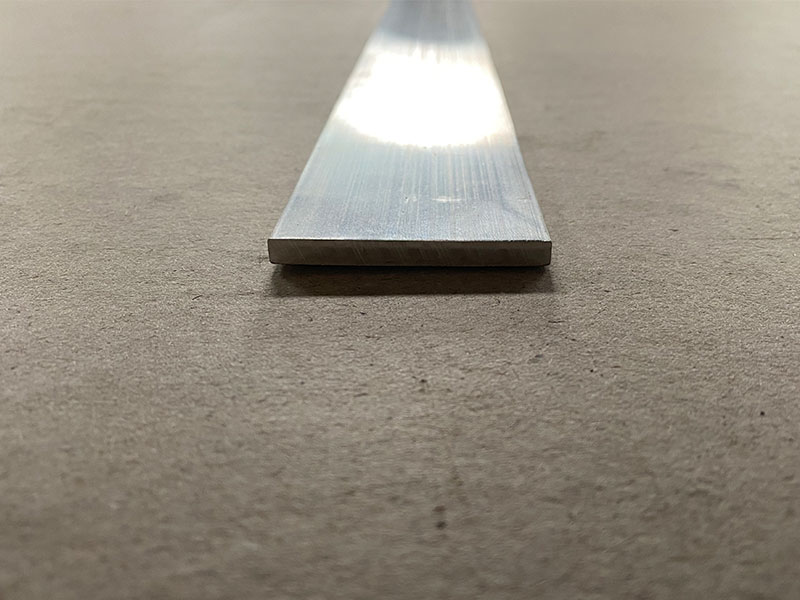
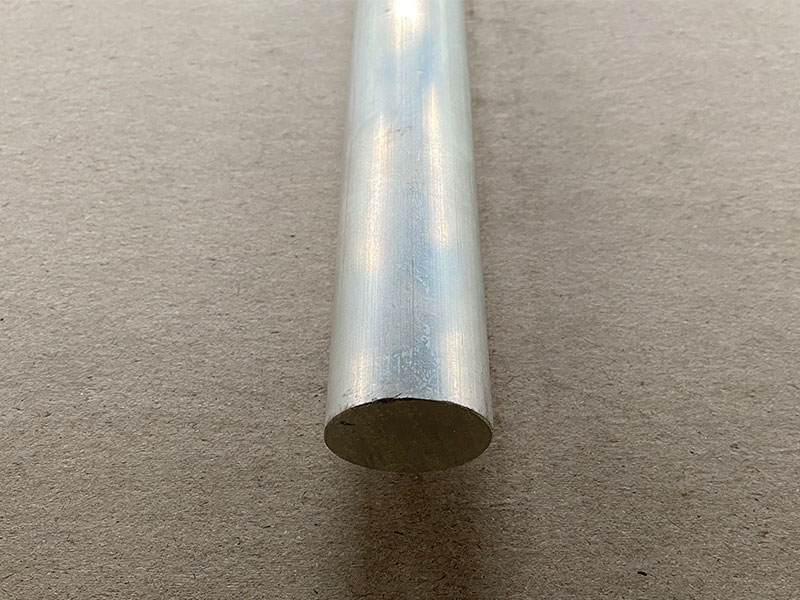
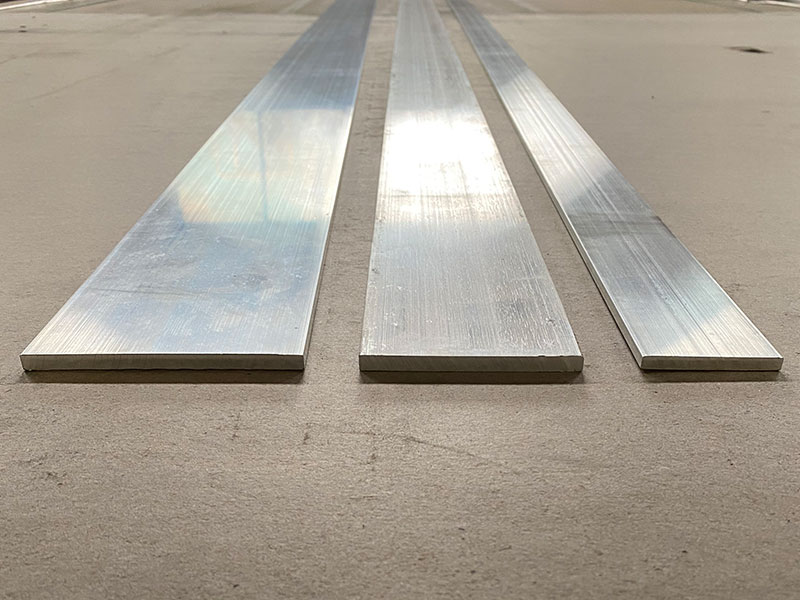


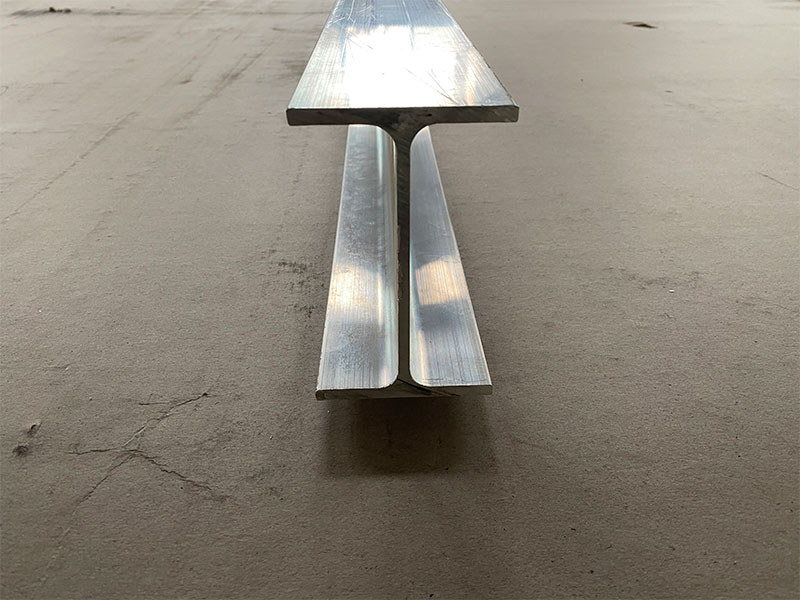






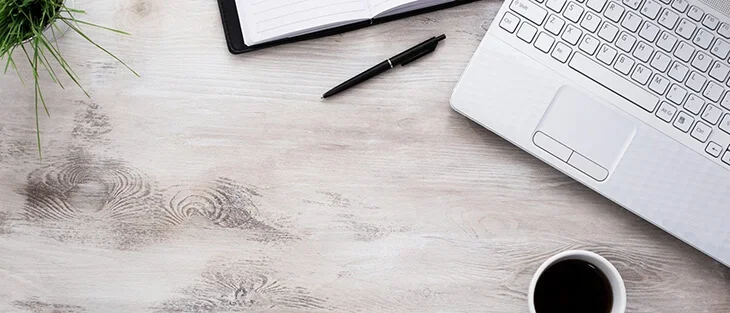
Leave a Message